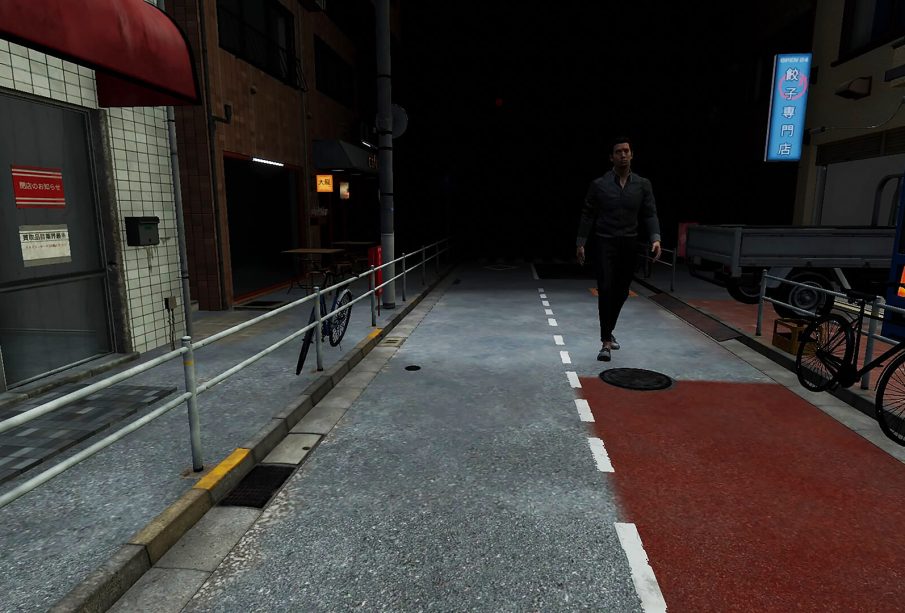The Streets: Understanding Their Role in Modern Society

Introduction
Streets are more than just pathways for vehicles; they are crucial components of urban environments, serving as hubs of culture, community, and connection. Understanding the dynamics of the streets is vital, especially as cities evolve and adapt to the changing needs of their inhabitants. As urbanization accelerates, the significance of public spaces has never been more pertinent, particularly in the context of recent social movements and urban development initiatives.
Current Events and Developments
Recent events have highlighted the importance of streets in facilitating social change. From the Black Lives Matter protests to climate strikes, streets have become vital arenas for expression and activism, showcasing the population’s voices on pressing issues. In addition, many cities are rethinking their approach to urban space, promoting pedestrian-friendly initiatives, reducing car access, and enhancing public transport networks. For instance, cities like Paris and Barcelona have implemented extensive pedestrianisation projects designed to reclaim streets for their residents, resulting in increased foot traffic and local business growth.
Moreover, the COVID-19 pandemic has further shifted the perception of streets. Lockdowns and social distancing measures have led to a surge in outdoor dining and recreational activities, with local governments allowing cafes and restaurants to extend their services into the streets. This tactical use of outdoor space has revitalised many urban areas, fostering a sense of community and safety as people gather in open-air settings.
The Role of Streets in Community Building
The streets play a critical role in community-building by providing spaces where people can interact, share experiences, and form connections. Initiatives such as street markets, festivals, and open-air events have blossomed, contributing significantly to local economies while enhancing social cohesion. Art installations and street performances also invigorate public spaces, making them more inviting and culturally rich.
Conclusion
The importance of the streets extends beyond mere functionality; they are vital to the identity and vibrancy of urban life. As cities continue to adapt to contemporary challenges, the focus on enhancing public spaces will likely intensify. The trends of pedestrianisation, community initiatives, and the use of streets as platforms for expression signify a transformative period in urban planning. For residents and city planners alike, understanding the significance of the streets is essential for fostering inclusive, lively, and sustainable urban environments in the future.







